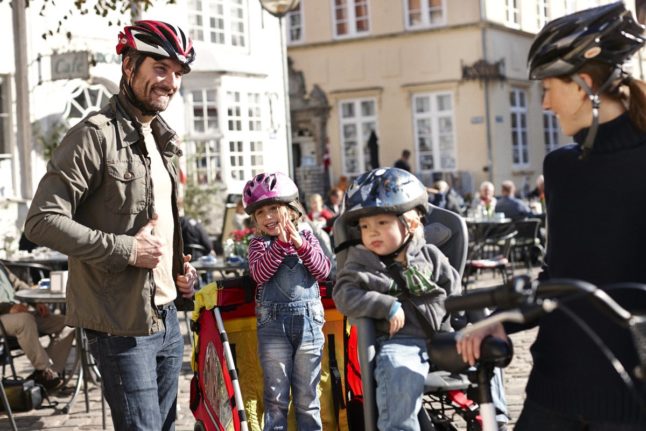The figures come from accounts which the company is obliged to report each month as part of a bankruptcy protection (Chapter 11) process it is undergoing in the United States.
The accounting shows that in February, SAS operated with a loss of 822 million Swedish kronor, which corresponds to 535 million Danish kroner or 835 million Norwegian kroner.
Although the company’s February losses are larger than expected, turnover at the airline is in line with expectations according to analyst Jacob Pedersen of Danish bank Sydbank.
“Revenue in February 2024 is only modestly better than in the same month last year, despite a marked increase in turnover. This progress is naturally positive but also driven by a lift in revenues from the leap year this year, which doesn’t raise costs by the same level,” he said in a written comment.
From November to February, SAS posted a turnover of just under 11.8 billion Swedish kronor, equivalent to just over 7.7 billion Danish kroner.
For February alone, turnover was just under 2.9 billion Swedish kronor, around 1.9 billion kroner.
This means that, compared to February in 2023, SAS has raised revenues by around 400 million Swedish kronor.
Pedersen, who closely follows aviation markets, said that the February figures are evidence “significantly more work” must be done by SAS to catch competitors on revenue.



 Please whitelist us to continue reading.
Please whitelist us to continue reading.
Member comments